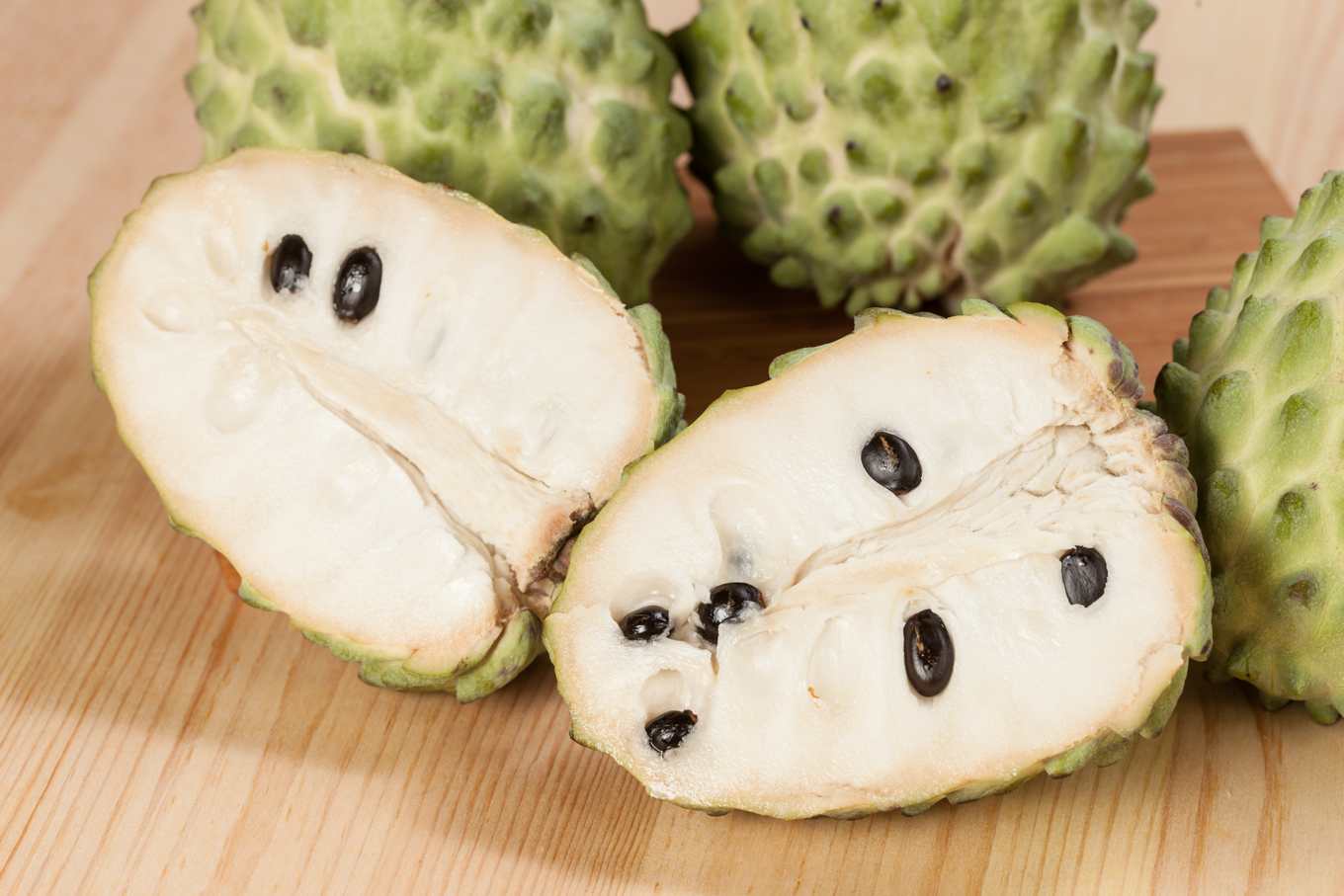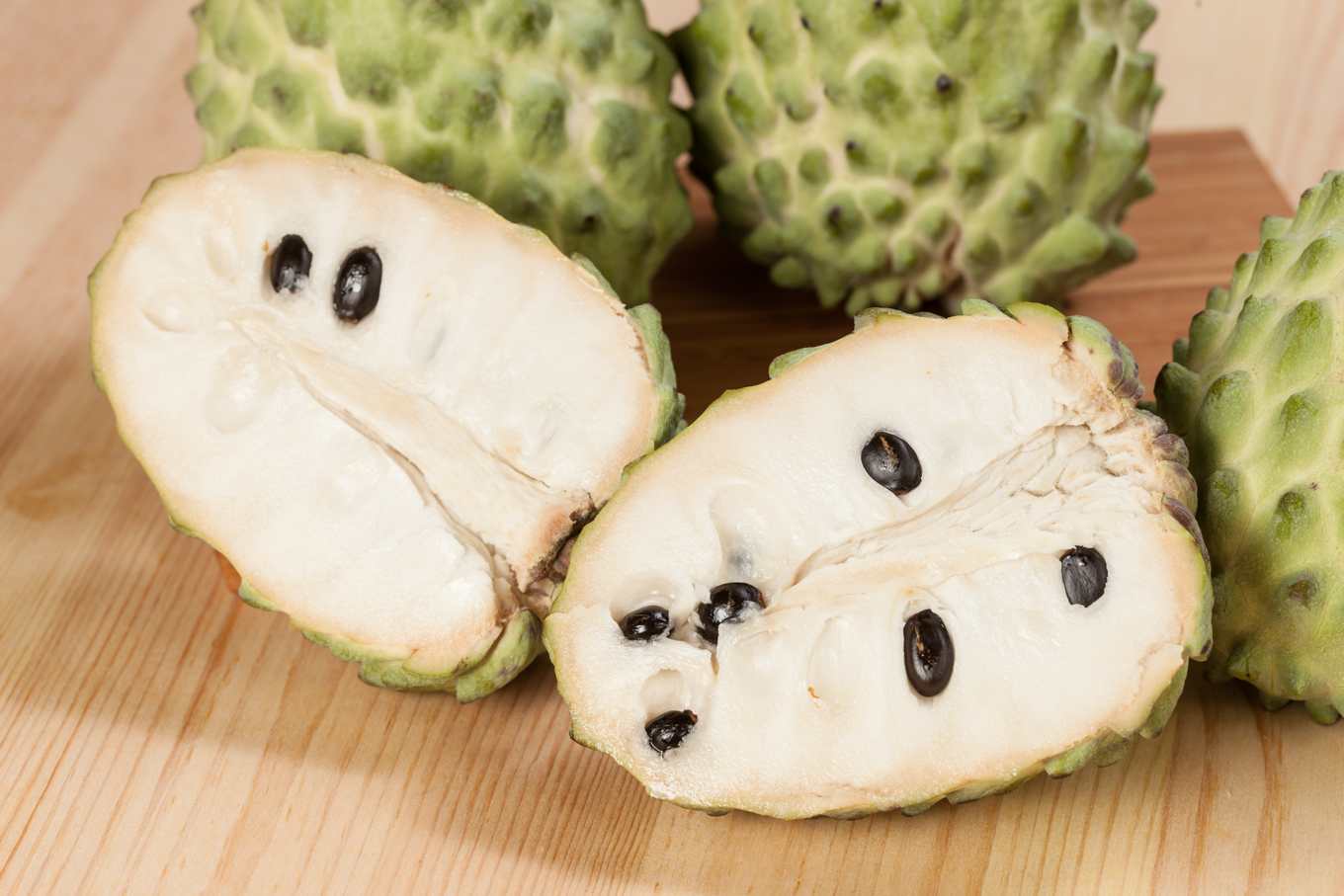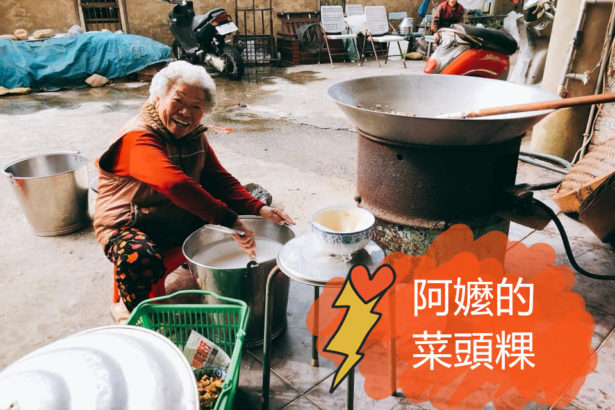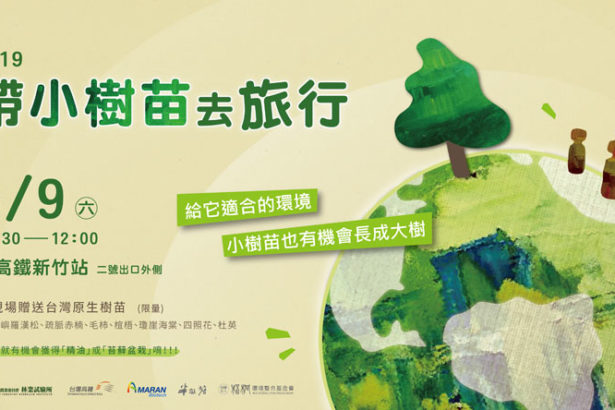2019 Agricultural political and Trade War 04 "can the successful model of Sakya be replicated? What's the other trick besides exporting to China?
Share312 + 1 Tweet EmailShares 312
Sakya, whether it is the pineapple Sakya, which is mainly sold in the Chinese market, or the new variety durian, can only be said to be "naturally beautiful and blessed", with its super sweet taste, unique appearance and delivery date around the Spring Festival (suitable for gift-giving). In addition, China can not "copy" (because pineapple Sakyamuni grafting has certain threshold and difficulty, it is mostly "Daimu Sakya" variety in southern China). Pineapple Sakya has become the second most popular pineapple sold in China after Golden Diamond pineapple.
But can Sakya's successful model of exporting to the Chinese market be applied to other fruits? Sakya's exports have reached new highs year after year, but what are the hidden crises?


Unique pineapple Sakya (Photo Source / Taitung County Government website)
Sakya: a gift from heaven to Taitung
Changhua and Taitung are two important producing areas of Sakya in Taiwan, of which Taitung is the most famous, mainly soft branch, Daimu and hybrid (also known as pineapple Sakya). In recent years, the agricultural reform farm has introduced new varieties from Southeast Asia, which are similar in appearance to durian. It's called "durian Sakya". Among them, pineapple Sakya is the main force of the export Chinese market, in the past year or two, durian Sakya also began to move towards the export market.
According to the production statistics, the domestic market is mainly Daimu Sakya. In 2017, the output of Daimu Sakya was about 30, 000 metric tons, and that of pineapple was about 23000 metric tons. The average export volume in the past five years accounts for about 20% of the output, while the total area of Sakya in Taiwan covers an area of 5407 hectares, with 5103 hectares in Taitung, which can be said to be unique.
! function {var n = "InfogramEmbeds", o=e.getElementsByTagName ("script"), script [0], else if / ^ e.location (e.location)? "http:": "https:"; if (/ ^\ / {2} / .test (I) & (i=r+i), i=r+i [n] & & process&& [.initialized) windown [.process]; else if (! e.getElementById (s)) {var a=e.createElement ("script") A. Asyncwriting 1 document,0 a. Idyllic. A. Srcedi. ParentNode.insertBefore (a, d)}} (document,0, "infogram-async", "/ / e.infogram.com/js/dist/embed-loader-min.js")
The Chinese market has a preference for sweets, and the sweetness of pineapple Sakya is as high as 26 degrees.
Taitung is blessed because the pineapple Sakya grows from July to April every year, requiring an environment with a high temperature of no more than 28 degrees Celsius and a low temperature of no less than 8 degrees Celsius. The plains of western Taiwan have northeast monsoons and cold damage in winter, so the Taitung longitudinal valley on the leeward side has become an excellent place for pineapple Sakyamuni production. However, due to the influence of abnormal climate, the abnormal high temperature or cold injury in Taitung in winter has caused serious fruit drop in pineapple Sakya, which is also the biggest potential crisis.
The sales of pineapple Sakya, which can be as sweet as 26 degrees, are basically not as good as before in the domestic market, because Chinese people's eating habits have changed, which is not good for fruits that are too sweet. Coincidentally, consumers in the Chinese market have a considerable preference for sweets. Pineapple Sakya is extremely sweet with a slightly sour taste, just in time to catch up with the eating habits of the Chinese people. Therefore, the first reason why pineapple Sakya sells "very well" in the Chinese market is definitely its high sweetness.
The natural beauty of pineapple Sakyamuni is that it is not only unique in appearance, but also easier to store than Damu Sakya (relatively speaking, it is not easy to "dumb fruit"). No matter which variety Sakya grows in southern China, its appearance, shape, taste and flavor cannot compete with the imported Taiwan Sakyamuni.
It became popular rapidly after 2013, with a win-win situation for importers from Taiwan and China.
Because of the excellent market uniqueness of pineapple Sakya, in the absence of homogeneous competitors, it quickly became popular in Guangzhou's Jiangnan International Wholesale Market in 2013; as can be seen from the table below, Sakya's exports were re-exported through Hong Kong in the past and have been sold directly into China's wholesale market in 2013, growing rapidly.
There is a phenomenon unknown to outsiders, that is, for Taiwan exporters and Chinese importers, the rules of the game for the pineapple Sakya fruit follow the "go-to-market" model familiar to mainland China, rather than the "one-bite price" sales adopted by most traders in Taiwan. In other words, "after deducting the profit due (the proportion agreed by both parties in advance) after how much the Chinese trader sells, the remaining money is the income of Taiwan exporters."
To put it bluntly, Taiwan exporters must "cooperate" with Chinese importers to "gamble on market risks": once the products sell well, consumers are willing to pay a lot of money to buy them, and both buyers and sellers make money; on the contrary, if the products cannot be sold and lose money, it is Taiwan's exporters who lose money.
To be fair, such a business model is a win-win situation for both buyers and sellers completely free from political interference; after all, Taiwan exporters see the business opportunities of pineapple Sakya, and they are willing to "gamble" with Chinese rules of the game. bear such a market risk. The final figures prove that pineapple Sakya is very popular with consumers in the Chinese market, and its consumption performance is growing year after year (except for the sharp drop in exports due to weather-affected production in 2017). People have to give a thumbs up to the pineapple Sakya fruit.
! function {var n = "InfogramEmbeds", o=e.getElementsByTagName ("script"), script [0], else if / ^ e.location (e.location)? "http:": "https:"; if (/ ^\ / {2} / .test (I) & (i=r+i), i=r+i [n] & & process&& [.initialized) windown [.process]; else if (! e.getElementById (s)) {var a=e.createElement ("script") A. Asyncwriting 1 document,0 a. Idyllic. A. Srcedi. ParentNode.insertBefore (a, d)}} (document,0, "infogram-async", "/ / e.infogram.com/js/dist/embed-loader-min.js")
The successful model of pineapple Sakya is difficult to apply to other fruits.
However, the successful export model of pineapple Sakya should be very difficult to apply to other Taiwan fruits, and it is also difficult to copy it to other countries. What is most worth exploring and learning from is that exporters follow the rules of the Chinese market. The "businessman nature" of the pineapple Sakya market is the underlying reason why the pineapple market exports to the Chinese market can gain a firm foothold without political inducement.
As a matter of fact, important Chinese world markets such as Hong Kong, Macao, Singapore and Malaysia have not adopted such a trade model! However, in the Southeast Asian market, the product differences of fresh fruits and vegetables in Taiwan are still not as different as those in Japan, and the willingness of traders who are willing to invest to gamble is naturally not high.
According to the following table, almost all pineapple Sakya exports are sold:
! function {var n = "InfogramEmbeds", o=e.getElementsByTagName ("script"), script [0], else if / ^ e.location (e.location)? "http:": "https:"; if (/ ^\ / {2} / .test (I) & (i=r+i), i=r+i [n] & & process&& [.initialized) windown [.process]; else if (! e.getElementById (s)) {var a=e.createElement ("script") A. Asyncwriting 1 document,0 a. Idyllic. A. Srcedi. ParentNode.insertBefore (a, d)}} (document,0, "infogram-async", "/ / e.infogram.com/js/dist/embed-loader-min.js")
How to establish product standardization and disperse market risk
From the above analysis of this article, we can clearly see that the most fundamental essence of trade is "product". As long as the product is right, the business will be half successful! The establishment of product standardization has also been a slogan shouted by agricultural administrative units for decades; this is also the main role of the "Agricultural National team" Taiwan Nongfa Company, which was set up by the Xiaoying government at the end of 2016.
However, seeing that the pineapple Sakya has "successfully conquered the world with its own hands", if the government unit gives resources from the side, it will not only be ridiculed as the icing on the cake, but may also be cut to fit the shoes: Taiwan Sugar is required to release land to summon local Sakya farmers to expand planting, and if it continues to lock in exports to China without first solving the problem of "opening up new markets," it will only deal a blow to traders who have finally gained a foothold.
If, from the perspective of counseling, solve the problems of abnormal climate and serious fruit drop, pesticide residues and pest control, and unify export packaging specifications according to the Japanese apple model, and assist in the development of marketing strategies to establish a high-end brand image of "Taiwan Sakya" outside the Chinese market, perhaps these are the things that Taiwan Agricultural Development Company should do.
Finally, what we need to think about together is how to stay at the forefront of market change and climate change, and through the energy of the government's agricultural research units, the pineapple Sakya industry can continue to thrive and stabilize in Taitung. This is where agricultural units should work harder.
Series of readings: 2019 series of readings on agricultural politics and trade wars
(series description: the melting ice between the two sides of the "Lianhu Society" in 2005 created an upsurge in fruit sales in Taiwan, and the ups and downs of political procurement had many effects on Taiwan's agriculture. How will Taiwan respond to the resumption of China's agricultural political and trade war against Taiwan in 2019? "upstream and downstream" invites experts to analyze, and the special topic will continue to be published)
Share312 + 1 Tweet EmailShares 312
Related
- A course of planting techniques and methods on how to grow carrots
- How to plant the latest tulips?
- Is it better to pick tea in the morning or in the afternoon? When is the best time for tea to be picked? what is the third or fifth tea?
- Launch Yuanxiao Happy combination Haocha + Tea Yuan healthy Taste
- Penghu Tourism "Fireworks 20 Parade with You"
- 2022 West Lake Happiness holds "Digital Revitalization Voucher" and draws iphone13 and laptop.
- Banqiao Fuzhou social houses are designed to change start-up combined with police elimination to create a safe and livable environment
- The convenient measure of "mechanical weeding" in Xinbei has been abused and the Agriculture Bureau has imposed heavy penalties on the illegal land consolidation.
- Changgeng University Joins Hands with Four Memory Factories to Rescue Memory Talent Shortage
- The list of Taiwan's top 100 MVP managers is listed by the Director-General of the Farmers' Association of Sanxia District.



